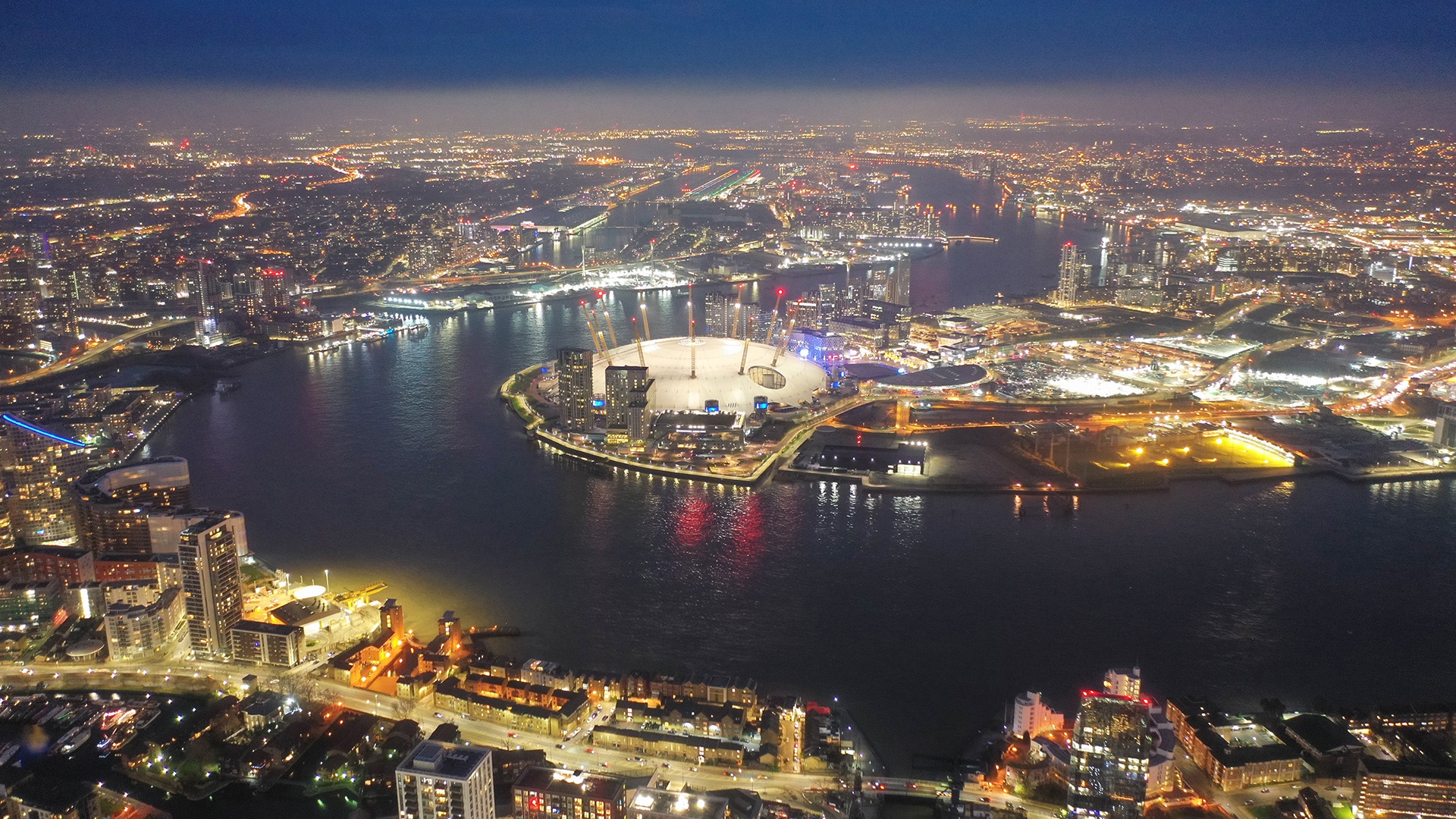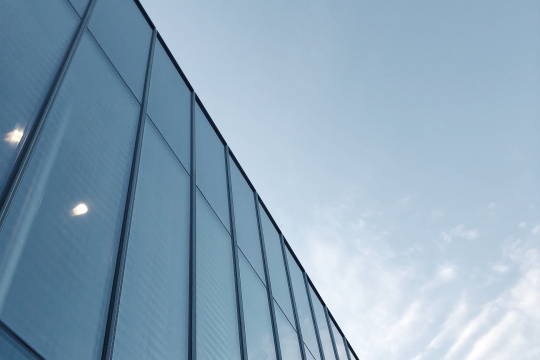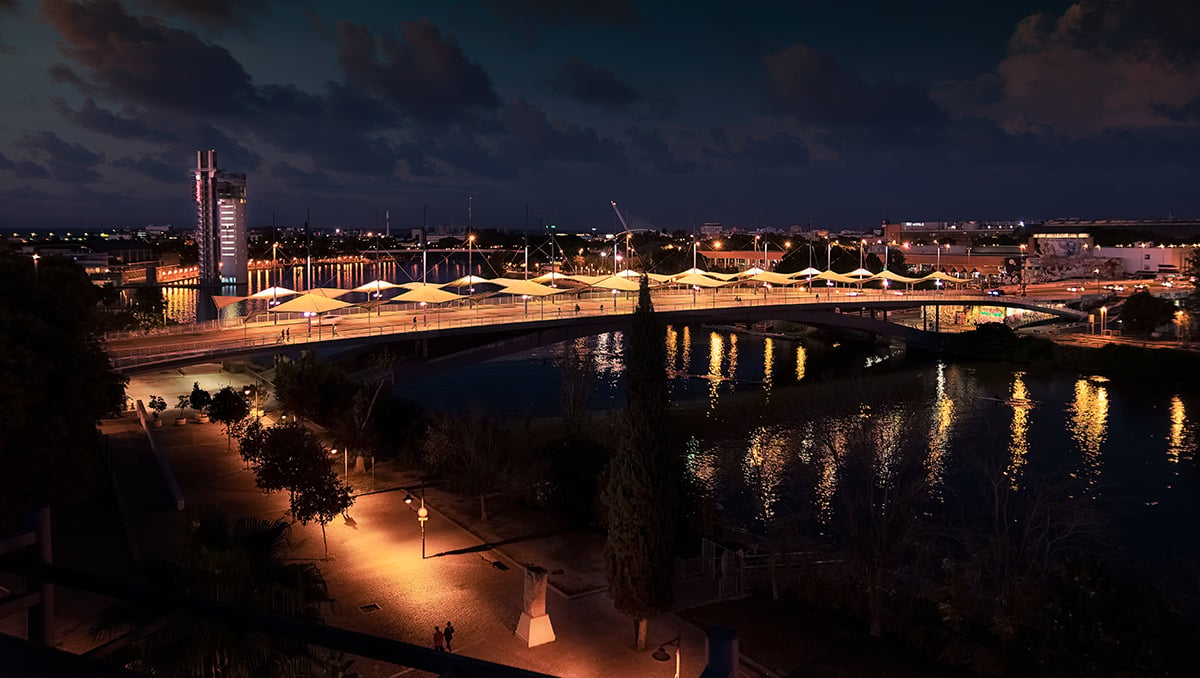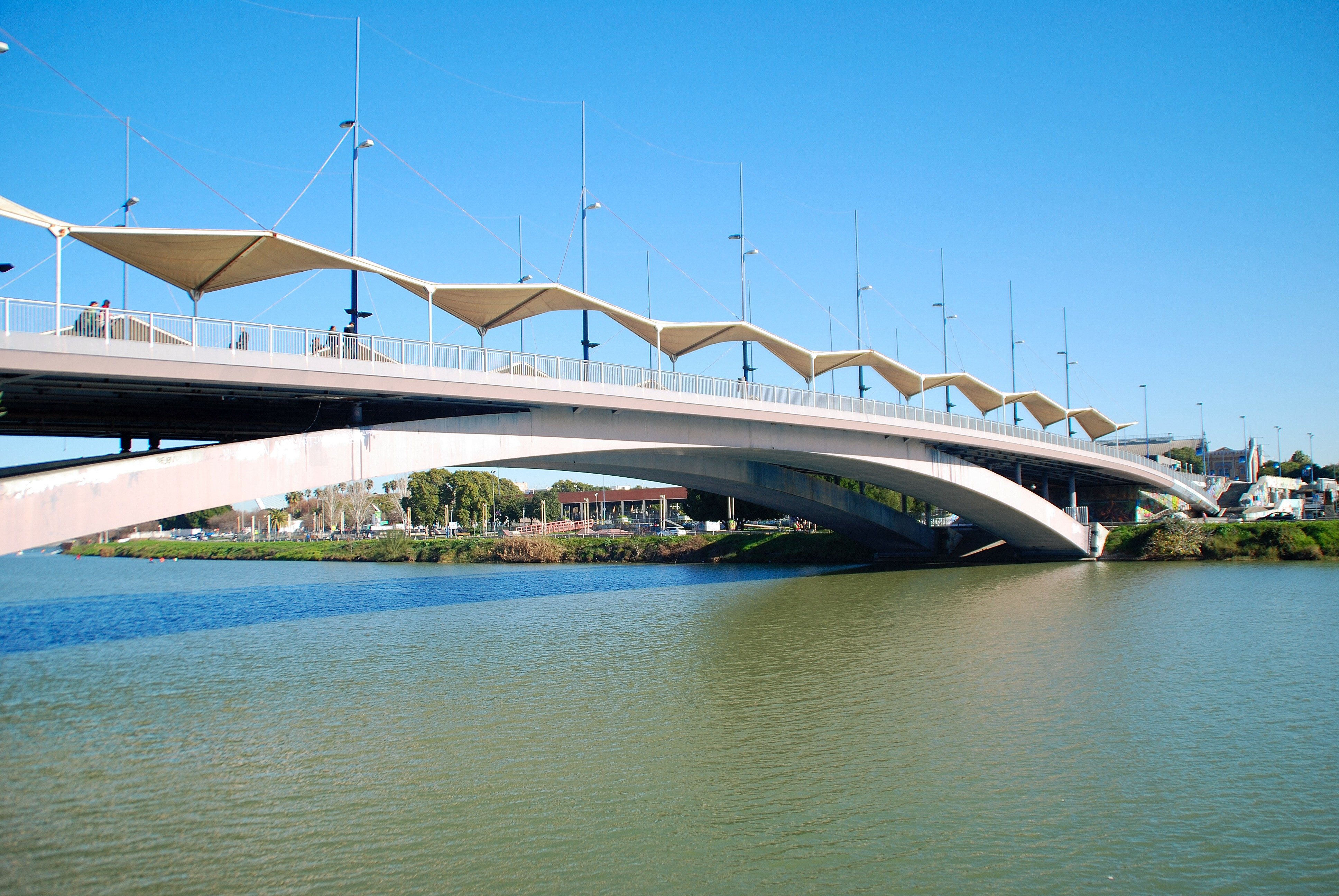Cristo de la Expiración Bridge (Cacchoro Bridge)
A landmark in the city of Seville
Client:
Department of Public Works and Transport, Junta Seville
Location:
Guadalquivir, Chapina, Seville
Completion Date
1991
Capital Cost:
€12.6m
Sector:
Sub-Sector:
Overview
This urban bridge is known as the Cristo de la Expiración Bridge (or the Cachorro Bridge) and is located in Seville. The topography of this bridge dates back to 1948 when the river became blocked, creating a landmass called the Chapina Blockage, and from then Seville provided the river’s natural exit to Alijarafe and the western part of Spain. In 1992, to mark the occasion of the Seville World Expo, the Department of Public Works and Transport redeveloped Seville to showcase architecture, transportation and design and the Chapina river earth plug/landmass was to be redeveloped into a new bridge to cater for increased vehicular traffic and a new bus station under construction nearby.
Type of bridge: The bridge is a deck-arch bridge of metallic structure, with low parallel wishbone arches with an overhead deck of orthotropic sheets, and dual labelled pylons.
Design
The Department of Public Works and Transport Appointed Ayesa as a designer, structural engineer and project manager. The founder of Ayesa, José Luis Manzanares Japón, designed the 225-metre deck-arch bridge which was inspired by the Pont Alexander III Bridge in Paris and serves both vehicle traffic and pedestrians. The approach was to remove the Chapina blockage which meant the removal of over 4km of the riverbed and to convert the lands into a river island on which a new striking bridge would be built. The photos below show the project before and after the removal of the Chapina blockage, with both Cordoba station and the construction of a new bus station clearly visible. The bridge is a steel structure, with two lowered arches spanning 130 metres with no underwater support, which supports a deck of 225 m x 30 m x 30.5 m wide. The pedestrian crossings along the bridge are covered with white tarpaulins that resemble sailing masts but provide shade from the heat for walking pedestrians. The bridge was completed in 1991.
Foundations: The arches are supported by 600 m² and 22 m cut-off enclosures (built on the Guadalquivir blue marshes) with the interior strengthened by cement grout jet, 10 m of the upper section was hollowed, and the earth was replaced with dry compact concrete. The deck, outside of the arch, is supported by reinforced concrete, piled, and utilised as the registration and service control area for the bridge.
Project Management
On December 19th 1989, an Ayesa-owned company Aynova was appointed to manage the project on behalf of the Highway Management Division of the Public Works and Urbanisation Ministry.




.png)




